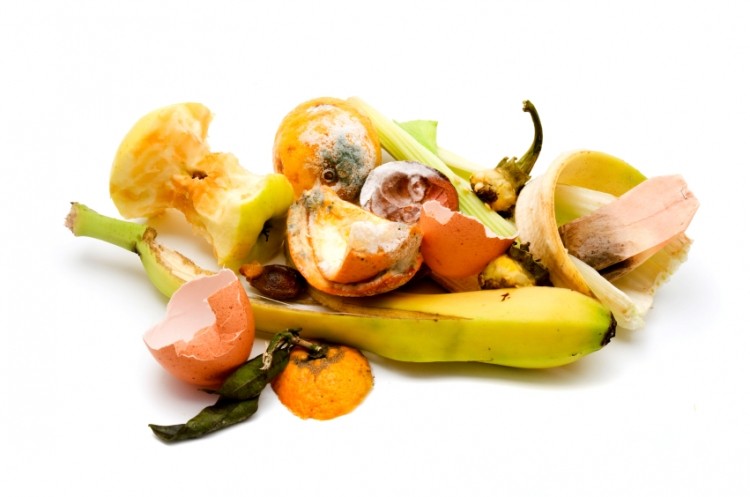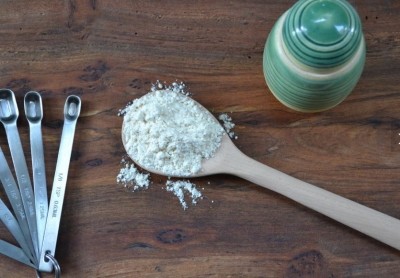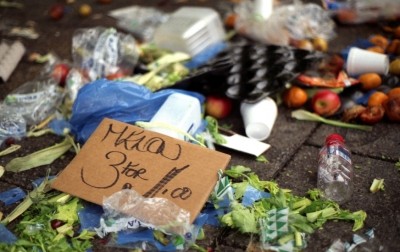Second life possible for food manufacturing waste - researchers

Researchers showed there are opportunities to use the waste materials, called biowaste, to develop other products using more environmentally sustainable processes.
These include using egg shell waste to remove heavy metals from water and carrot waste as a source of food colourant.
The region has one of the UK’s largest concentrations of food and drink manufacturers with more than 3,000 companies including McCain, Nestle, PepsiCo, Arla and medium size enterprises such as Seabrooks and Bettys & Taylors.
Alternatives for biowaste
Findings come from a report by BioVale with the University of York’s Management School and university subsidiary, the Biorenewable Development Centre (BDC) and Anthesis Group.
The partners said there are ways to find higher value, alternative uses for biowaste currently sent for anaerobic digestion, land-spreading or manufacture of animal feed.
Dr Maggie Smallwood, CEO of BioVale, said: “The sheer volume of unavoidable food waste being generated, together with the innovation capability in our universities and companies to find new ways to extract value from this waste offers a major new economic opportunity for the region.
“We have developed a unique interactive map of the region’s food manufacturing waste streams that will help to kick-start collaborations between food manufacturers who have unavoidable waste and technology providers who can use that waste to make useful products.”
Waste data was reported to the Environment Agency as part of the Environmental Permitting Regulations 2010.
The study is part of a three-stage project thanks to BBSRC Agri-Food Technology Seeding Catalyst Award Proof-of-Concept Funding.
EU food waste meeting
The issue is also receiving attention at European level as around 88 million tonnes of food is wasted annually in the region with associated costs estimated at €143bn.
The fourth EU Platform on Food Losses and Food Waste (FLW) was held last week during the agri/food event AGROBALT in Vilnius, Lithuania.
It focussed on the role of consumers in the fight against food waste.
Commissioner for health and food safety Vytenis Andriukaitis said all stages of the value chain have a part to play.
“Food loss and waste is a symptom of a dysfunctional food system. Addressing the cause of food waste requires us to rethink how we produce, market, distribute and consume food.
"If, as consumers, we are given the opportunity and ability to prevent food waste, growing awareness and stimulating motivation to act can lead to durable changes in our daily lives.''
Temperature sensitive products
Meanwhile, researchers from the University of Nottingham Malaysia have found low temperature drying could retain bioactive ingredients and key nutrients in processed products increasing quality and shelf life.
They discovered that drying lemon myrtle at 20ºC enabled the colour and bioactive ingredient ‘citral’ to be retained more than when using conventional methods at temperatures of 60ºC.
Professor of Chemical and Process Engineering, Dr Chung-Lim Law, is leading the study and said how a food looks is part of the selection process as it gives an indication to quality and taste.
“Apart from retaining bioactive ingredients, the technology can also retain product colour by eliminating or minimising undesirable chemical reaction due to harsh processing conditions such as high temperature,” he said.
“The low temperature drying technique we have tested could help to minimize harvest loss giving a more effective process for drying which retains colour and quality while extending its shelf life, allowing crops post harvest to be maximized.”
The technique uses a heat pump system and heat transfer module to generate a low temperature, low humidity environment for dehydrating bio-origin products.
An environment of 20ºc and 20% humidity is best for removing moisture from bio-origin products like food and herbs that contain active ingredients and nutrients sensitive to high temperature.
After carrying moisture away from products the air is recycled within the system and a condenser extracts moisture from the air. The system operates in a closed manner eliminating product contamination during processing.
























